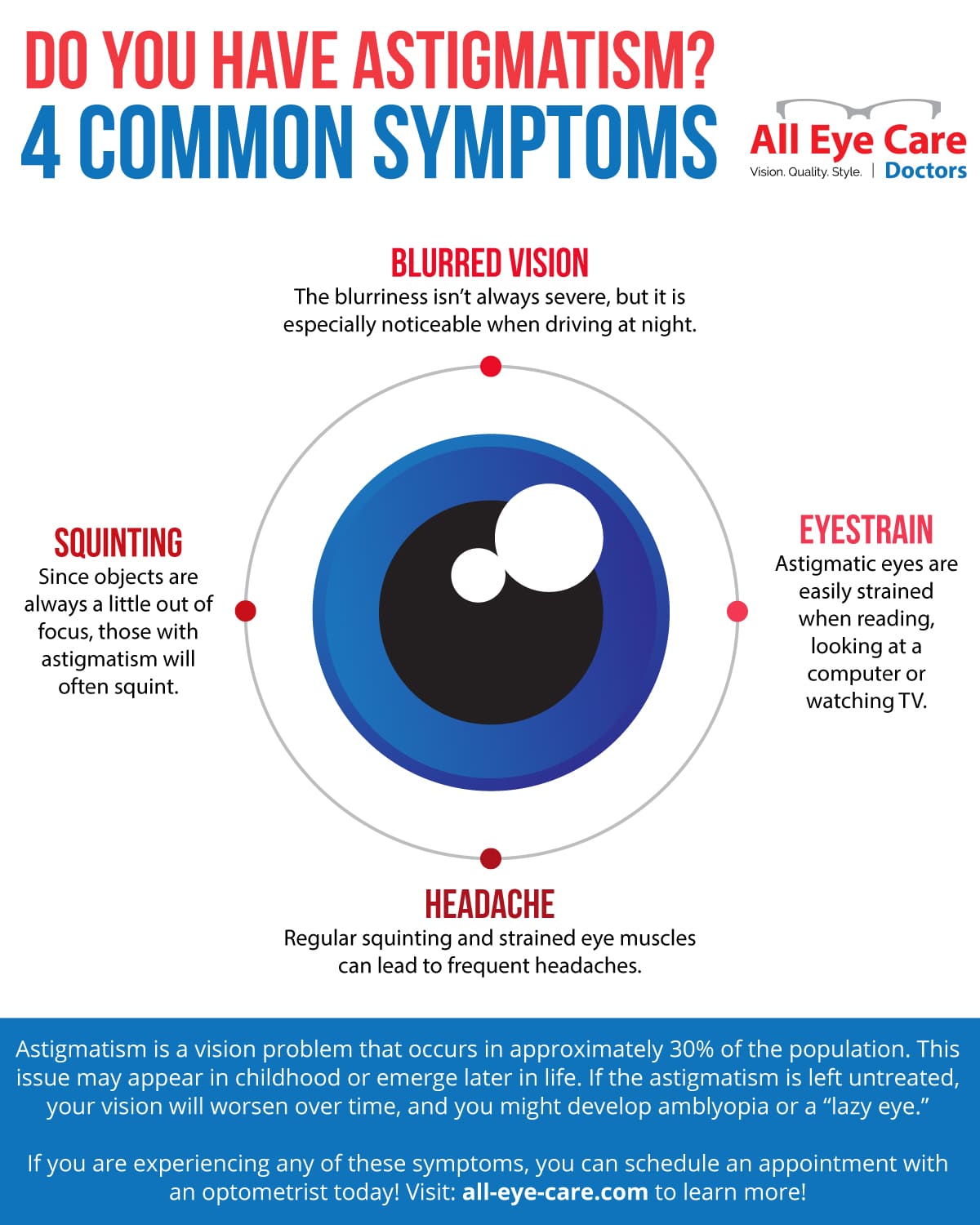Interested In Discovering The Differences Between SMILE, LASIK, And PRK Eye Treatments?
Interested In Discovering The Differences Between SMILE, LASIK, And PRK Eye Treatments?
Blog Article
Content By-Adler Chase
If you have actually been taking into consideration SMILE eye surgery, you might ask yourself how it stacks up against LASIK and PRK. Each procedure has its own collection of advantages and factors to consider. From quicker healing times to possible risks, there are key distinctions you should understand prior to making a decision. Recognizing these distinctions will certainly assist you make an informed choice that straightens with your details needs and assumptions. Curious to understand more regarding exactly how these procedures contrast thoroughly? Continue discovering to acquire https://whatdoeslasereyesurgeryco32444.blogsvila.com/26693872/checking-out-the-connection-in-between-dry-eye-and-screen-time of SMILE, LASIK, and PRK.
SMILE Eye Surgical Procedure Summary
If you're thinking about SMILE eye surgical procedure, you'll find it to be a minimally intrusive procedure with a fast recovery time. Throughout SMILE (Tiny Cut Lenticule Extraction), a laser is used to develop a little, precise cut in the cornea to eliminate a little item of tissue, improving it to correct your vision. This varies from LASIK, where a flap is created, and PRK, where the external layer of the cornea is totally eliminated.
Among https://www.optometrytimes.com/view/epi-cross-linking-may-speed-visual-recovery of SMILE is its minimally invasive nature, resulting in a faster recovery process and much less discomfort post-surgery. The recovery time for SMILE is relatively quick, with many patients experiencing enhanced vision within a day or two. This makes it a preferred choice for those seeking a hassle-free and reliable vision correction treatment. Additionally, SMILE has actually been shown to have a lower danger of dry eye syndrome compared to LASIK, making it a favorable alternative for individuals concerned regarding this prospective adverse effects.
Differences In Between SMILE, LASIK, and PRK
When comparing SMILE, LASIK, and PRK eye surgeries, it's important to recognize the unique methods utilized in each procedure for vision adjustment.
SMILE (Small Incision Lenticule Extraction) is a minimally invasive treatment that includes creating a small cut to extract a lenticule from the cornea, improving it to remedy vision.
LASIK (Laser-Assisted In Situ Keratomileusis) involves producing a slim flap on the cornea, using a laser to improve the underlying tissue, and afterwards repositioning the flap.
PRK (Photorefractive Keratectomy) eliminates the external layer of the cornea before improving the tissue with a laser.
The primary difference depends on the way the cornea is accessed and treated. SMILE is flapless, making it an excellent option for individuals with thin corneas or those associated with call sporting activities. LASIK offers rapid visual recuperation as a result of the flap production, but it might pose a higher danger of flap-related difficulties. PRK, although having a longer recovery duration, stays clear of flap-related concerns completely.
Recognizing these variances is important in selecting one of the most appropriate procedure for your vision modification needs.
Pros and Cons Comparison
To assess the benefits and disadvantages of SMILE, LASIK, and PRK eye surgical treatments, it's important to take into consideration the certain benefits and prospective restrictions of each procedure. SMILE surgery offers the benefit of a minimally invasive treatment, with a smaller laceration and possibly quicker recuperation time compared to LASIK and PRK. It additionally reduces the threat of completely dry eye post-surgery, a typical side effect of LASIK. Nonetheless, SMILE might have limitations in treating higher levels of nearsightedness or astigmatism compared to LASIK.
LASIK surgery gives rapid visual healing and minimal discomfort throughout the treatment. It's very reliable in treating a vast array of refractive errors, including nearsightedness, hyperopia, and astigmatism. Yet, How Do They Do LASIK Surgery of flap complications, which can affect the corneal framework.
PRK eye surgical procedure, while not as preferred as LASIK, prevents creating a corneal flap, minimizing the risk of flap-related complications. It appropriates for people with thin corneas or uneven corneal surfaces. Nonetheless, PRK has a longer healing time and might entail much more discomfort throughout the healing procedure.
Final thought
So, when it concerns picking in between SMILE, LASIK, and PRK, think of it like picking the excellent set of shoes. SMILE resembles a smooth, comfortable set of tennis shoes - quick and simple.
LASIK is extra like trendy high heels - fancy and fast, yet with some potential risks.
PRK resembles sturdy treking boots - reliable and resilient, but needing a little bit even more time and effort.
Ultimately, the most effective choice relies on your individual requirements and choices.
